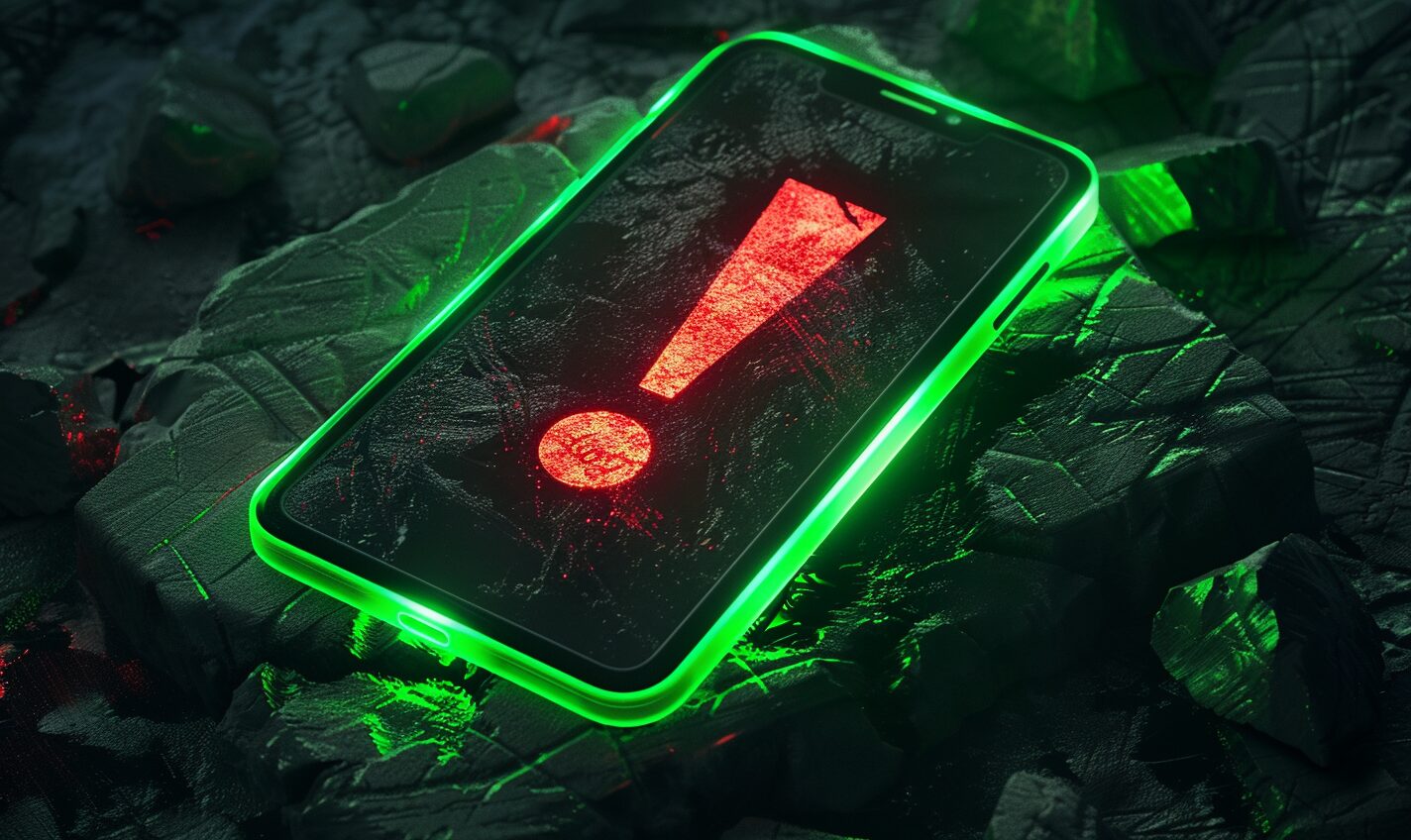Cybercrime is everywhere, and while computers and online accounts may be the most vulnerable, your phone deserves attention, too. Criminals can listen to your conversations through malicious software, letting them steal sensitive data or form dangerous phishing attacks. So, how do you know if your phone is tapped, and how can you respond?
How Do You Know if Your Phone Is Tapped?
Phone tapping isn’t common, but it’s certainly still possible. Here are some warning signs to look out for if you’re worried someone might be listening.
Unusual Sounds During Calls
The biggest sign that your phone is tapped is if you hear strange noises during calls. Static, high-pitched humming, clicking, beeping or muted voices in the background could mean someone is listening in on your call.
The noises don’t always mean anything dangerous. Nearby electrical devices can interfere with phone signals and make many of the same sounds. However, it’s worth looking into more if you hear these noises frequently.
High Data Usage or Bills
Higher-than-normal phone bills may also signify tapping, as the software will use your phone’s network to send data to another device. Be sure to look at the details of your phone bill, too, as higher data consumption won’t always mean higher prices.
Similarly, unexplained credit card charges are a telltale sign of a virus or similar issue. It may not necessarily be your phone, but if your card shows purchases you didn’t make, someone likely stole your information at some point.
Shutdown Problems
You can also try turning your device off if you want to know if your phone is tapped. It’s a red flag if it won’t shut down or takes longer than normal to turn off. The delay could signify it’s sending data somewhere else before it shuts down.
Battery Problems
Battery issues can also signify your phone is running malicious apps in the background. Slow charging, overheating and a shorter battery life are all worth looking into.
Keep in mind that battery problems don’t automatically mean someone tapped your phone. As it gets older, it won’t be able to hold a charge as well, and running multiple apps simultaneously can make it overheat. However, if these symptoms appear suddenly, it’s more suspicious.
Suspicious Ads and Apps
The sudden appearance of strange apps is another way to know if your phone is tapped. Don’t trust any app you don’t remember downloading.
Similarly, if suspicious-looking ads keep appearing everywhere on your phone, it should raise some flags. Suspicious does not mean scarily accurate, though. Big companies have so much data on people that they don’t need to listen to you to deliver highly targeted ads, as spooky as they may seem.
Other Warning Signs
A few other strange occurrences and behaviors could signify a tapped phone. These include:
- Sudden performance issues
- Strange text messages of numbers and symbols
- Your camera and mic randomly turn on
- Your phone turns on and off on its own
- Websites suddenly look different
As with the earlier warning signs, each of these can come from things other than phone tapping. Still, it’s worth checking out if you notice a few of them, especially if they appear out of the blue.
What to Do if Your Phone Is Tapped
Now that you understand how to know if your phone is tapped, you’ll want to learn what to do about it. Follow these steps if you notice the above warning signs.
Turn on Airplane Mode
Before you do anything else, activate airplane mode. Airplane mode deactivates all wireless transmissions, so it’ll stop any spyware from sending data to the attacker. That won’t fix anything permanently, but the less information and access you give away, the better.
Check Call Forwarding Settings
Next, you can check your call forwarding settings. Spyware may be using these built-in settings to transmit data to someone else.
On an iPhone, go into your settings, tap “Phone,” then tap “Call Forwarding.” Turn it off if it’s on. On Android, open the Phone app and tap the three dots. Tap “Settings,” then tap “Supplementary Services.” Look for “Call Forwarding” if you’re on a Samsung or “Calls,” then “Call Forwarding” if you’re on a Google phone.
Delete Suspicious Apps and Files
Next, look for any strange apps or files on your phone. These include anything you don’t remember installing or anything that you downloaded right before you started noticing issues. Delete them as you find them.
Malicious apps are more likely to appear on Android phones than iPhones. That’s because Apple is much stricter about which apps it allows on the App Store and has fewer companies involved in development. That said, malware infections are still possible, especially if you’re using a jailbroken phone.
Run a Security Scan
Some malicious code and files can still be in your phone after you delete suspicious apps. You’ll need anti-malware software to get rid of it. Even if you’ve taken care of everything, running a quick security scan is never a bad idea.
Download and install a trusted security app. Only use services with good reviews from well-known, established security companies like Norton, Avast, AVG or Bitdefender. Once you’ve downloaded the app of your choice, use it to scan your phone for any remaining issues.
Update Your Phone
Finally, you’ll want to update your phone. Updating it could patch the vulnerability that let someone tap your phone in the first place. If nothing else, it resets your device to clear out any lingering files or data that may cause issues.
Your phone should be working normally after following these steps. However, if you still notice the same issues, you may want to perform a factory reset. This should be a last resort, as it’ll remove all your apps and data, not just the malicious ones, but it’s an effective measure if it comes to it.
Keep Your Phone Safe
How do you know if your phone is tapped? It’s difficult to know beyond the shadow of a doubt, but these warning signs are an effective enough baseline.
Phone tapping is unlikely, but it’s better to be safe than sorry. Learning what to look for and how to respond will help you keep your phone and its data safe from cybercriminals.
Recent Stories
Follow Us On
Get the latest tech stories and news in seconds!
Sign up for our newsletter below to receive updates about technology trends














